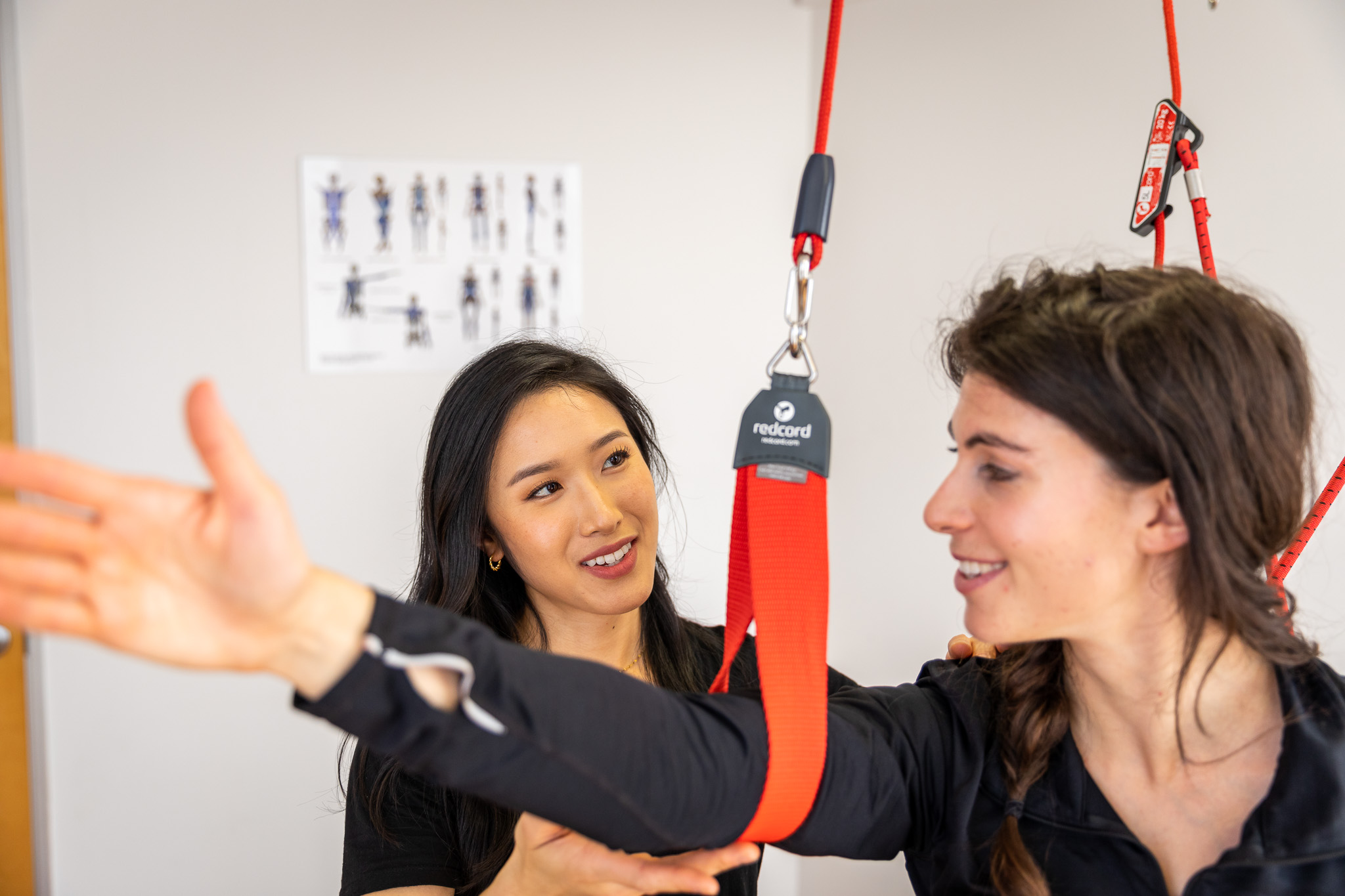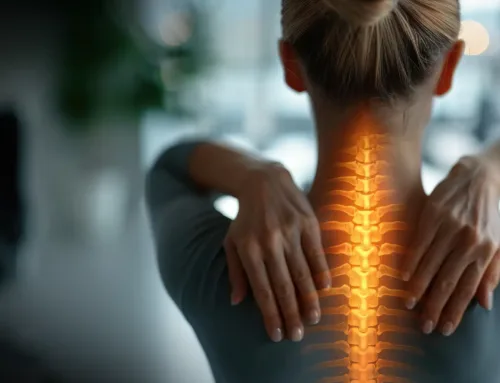Background: Although the effect of exercise in patients during the subacute and/or chronic subacromial impingement syndrome has been reported, only a few studies have examined the effect of pain free exercise in the acute phase of this disorder.
Objective: To compare the effect of training using the Neurac technique which combines body segments suspension and vibration vs. manual therapy, on various relevant outcome parameters in patients with acute subacromial impingement syndrome (PASIS).
Method: Twenty-six patients underwent a 4 week intervention program. Using random assignment, half of the patients were treated using the Neurac device while the other half was treated using manual therapy. The outcome parameters consisted of shoulder pain, shoulder function, range of motion (ROM) and the isokinetic strength of the external and internal rotators at 60 and 180∘/s.
Results: Following either modes of interventions, the pain, function, and ROM improved significantly compared to pre-intervention levels in both groups. Time-by-group interaction was observed for the rotational strength which increased significantly and exclusively in the Neurac group.
Conclusion: Given its positive effect on shoulder pain, function, ROM and the isokinetic strength of the external and internal rotators, we recommend the application of the Neurac technique in PASIS.
Keywords: Manual therapy, Neurac, shoulder impingement syndrome





